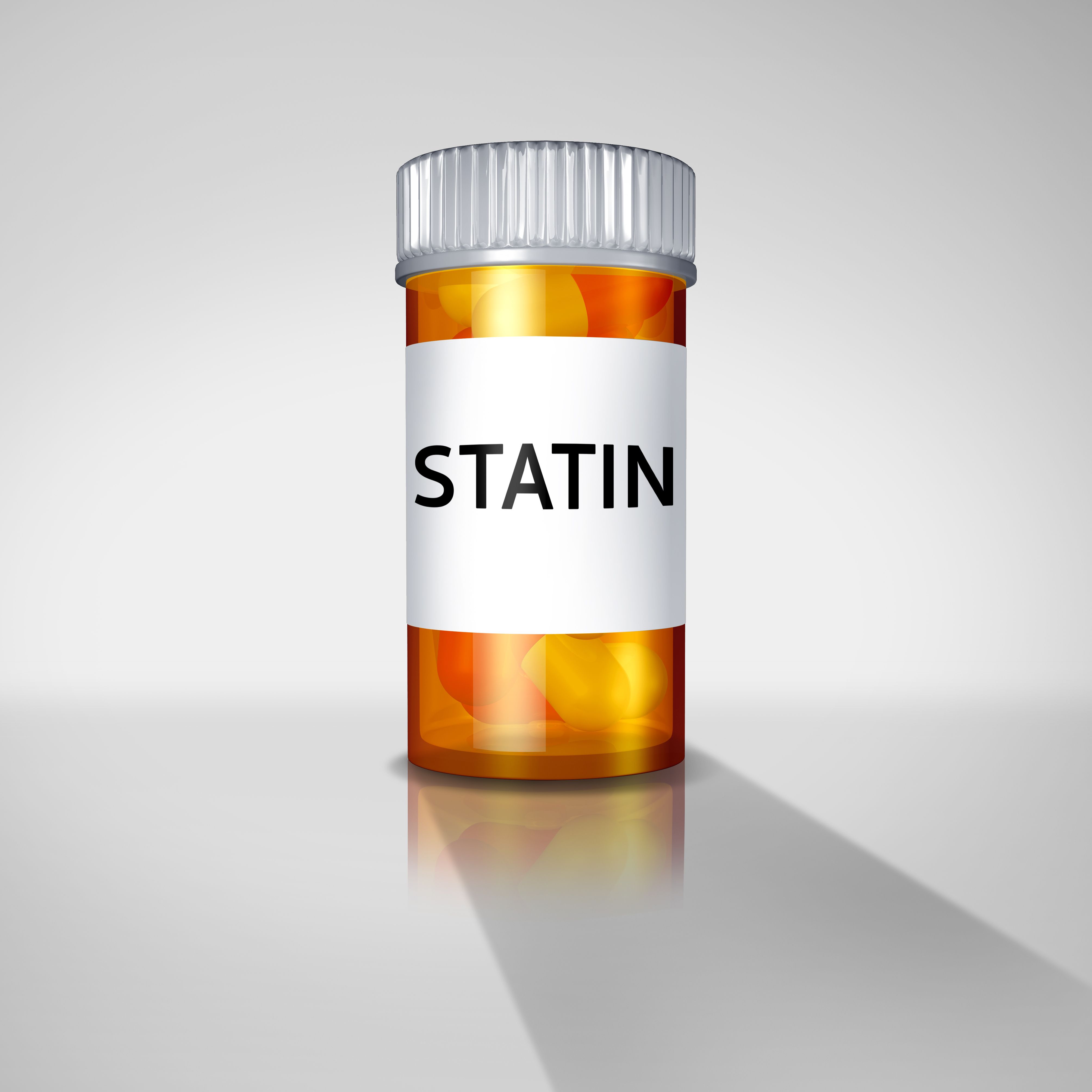- Center on Health Equity & Access
- Clinical
- Health Care Cost
- Health Care Delivery
- Insurance
- Policy
- Technology
- Value-Based Care
Statins Can Worsen MG Symptoms, but Cases Are Rare
A study suggests most patients with myasthenia gravis (MG) can take statins without experiencing symptom worsening.
While statins can lead to worsening of myasthenic symptoms in patients with myasthenia gravis (MG), a new report suggests such complications are uncommon and reversible.
The authors of the study found patients who experienced worsening of symptoms like ptosis and myalgia saw those symptoms improve when they stopped their statin.1 The report was published in the Journal of Neurological Sciences.
Statins may worsen myasthenic symptoms in MG | image credit: freshidea - stock.adobe.com

Statins can reduce the risk of myocardial infarction and ischemic stroke in patients with dyslipidemia, but they also come with a range of known side effects. In some cases, patients are unable to continue taking statin therapy due to side effects, a situation known as statin intolerance. Corresponding author, Takamichi Sugimoto, of the University of Hiroshima, and colleagues, said changes in liver and muscle function are of particular concern when patients begin taking statins.
“The most common presentations of statin intolerance are statin-associated muscle symptoms such as myalgia, muscle weakness, and serum creatine kinase elevation; increase in liver function enzymes; and new-onset diabetes mellitus,” they wrote, citing a 2015 report in Circulation.2
The muscle-related side effects of statin use have led to reports of myasthenic worsening in patients with MG who take statins, but Sugimoto and colleagues said some reports have also linked MG unmasking or onset with statin initiation. Still, they noted, statins can also play a beneficial role for people with MG, such as when patients experience dyslipidemia as a consequence of taking oral steroids. Given the range of reports, they said, it remains “uncertain whether it is safe to use statins in MG patients.”
The authors sought to analyze a large cohort of patients with MG who also received statin therapy in an effort to better understand the safety profile of the therapy in this patient group. The investigators used a set of 1,710 consecutive patients with MG who sought care at Japanese clinics over a 6-month period in 2021. Of those, 732 patients had a history of dyslipidemia, and 400 patients used statins. Most of those patients (n = 316) had generalized MG; while 84 had ocular MG. The most commonly used statins among those patients were rosuvastatin (Crestor; 38%) and atorvastatin (Lipitor; 28%).
Sugimoto and colleagues were interested in 2 potential outcomes: statin intolerance and statin-related myasthenic worsening. The former was defined as a patient being unable to continue taking the statin due to side effects. They latter meant a worsening of myasthenic symptoms while on the statin that then reversed with either cessation of statin use or by starting additional therapy.
Only 8 patients (2%) in the statin cohort experienced statin intolerance, and only 6 patients (1.5%) had statin-associated worsening of their myasthenic symptoms. Four of the statin-intolerant patients had taken rosuvastatin, the authors said. Of the 7 patients who developed MG prior to starting their statin, intolerance developed over a wide range of time frames (from 1 day to 3 years). Among that group, several symptoms were noted, but myalgia was the most common (4 patients).
All 6 patients with myasthenic worsening had been prescribed atorvastatin. In 4 of those 6 patients, ptosis was the main symptom that worsened while taking the statin. Sugimoto and colleagues said the time it took for statin-associated worsening to be noted ranged from 3 days to 6 weeks, and it took up to 3 months following statin cessation for symptoms to improve, though in all cases improvement eventually occurred.
“No patients developed MG, but 2 patients with latent symptoms had statin-associated myasthenic worsening in our study,” the authors said.
Sugimoto and colleagues said previously published case reports suggest ocular symptoms are the most common signs of myasthenic worsening, though they are not the only symptoms.
The authors said some statins can affect neuromuscular junction transmission or the immune system, but they said it is debatable whether this actually induces myasthenic worsening. They said the impact of the drugs may be patient-specific, and may also depend on which MG therapies a particular patient is taking. They noted, for instance, that the MG therapy cyclosporine is primarily metabolized by the gastrointestinal isozyme CYP3A4, the same isozyme that metabolizes several statins.3
Sugimoto and colleagues said their study did not examine the impact of different doses of statins, and they cautioned that they also did not evaluate other factors potentially involved in statin intolerance, such as obesity and chronic liver disease.
Still, they said the low prevalence of statin-related myasthenic worsening, and the mild nature of symptoms in patients who experience worsening, ought to quell—but not eliminate—concerns about prescribing statins to people with MG.
“Although statins can be used in MG patients with little concern, statin-associated myasthenic worsening should be noted in addition to the classical statin intolerance associated with statin use,” they said.
References:
- Sugimoto T, Suzuki S, Uzawa A, et al. Worsening of myasthenic symptoms associated with statins. J Neurol Sci. 2024;464:123154. doi:10.1016/j.jns.2024.123154
- Fitchett DH, Hegele RA, Verma S. Cardiology patient page. Statin intolerance. Circulation. 2015;131(13):e389-e391. doi:10.1161/CIRCULATIONAHA.114.013189
- Migliozzi DR, Asal NJ. Clinical controversy in transplantation: Tacrolimus versus cyclosporine in statin drug interactions. Ann Pharmacother. 2020;54(2):171-177. doi:10.1177/1060028019871891
